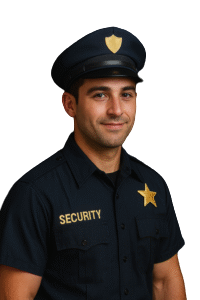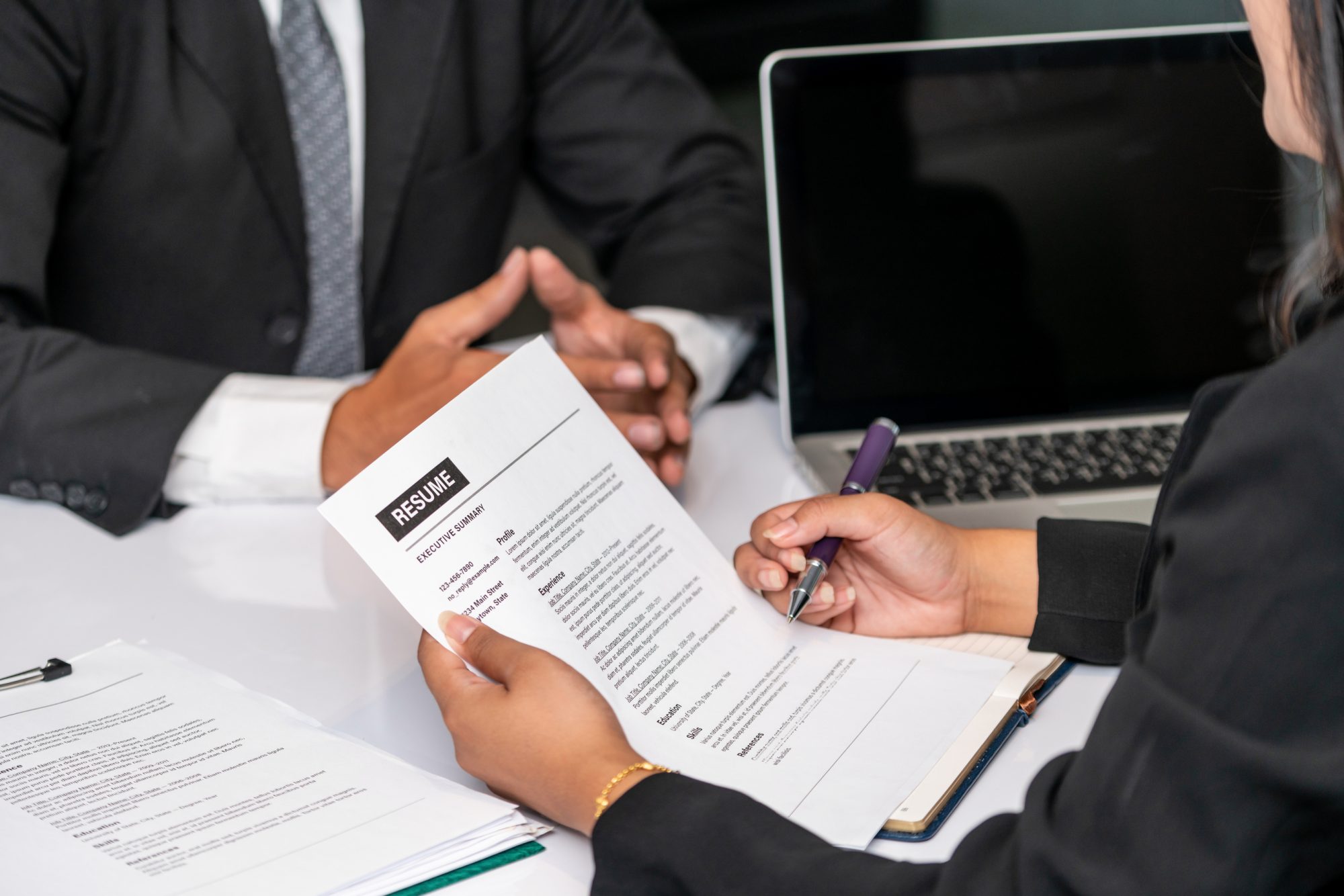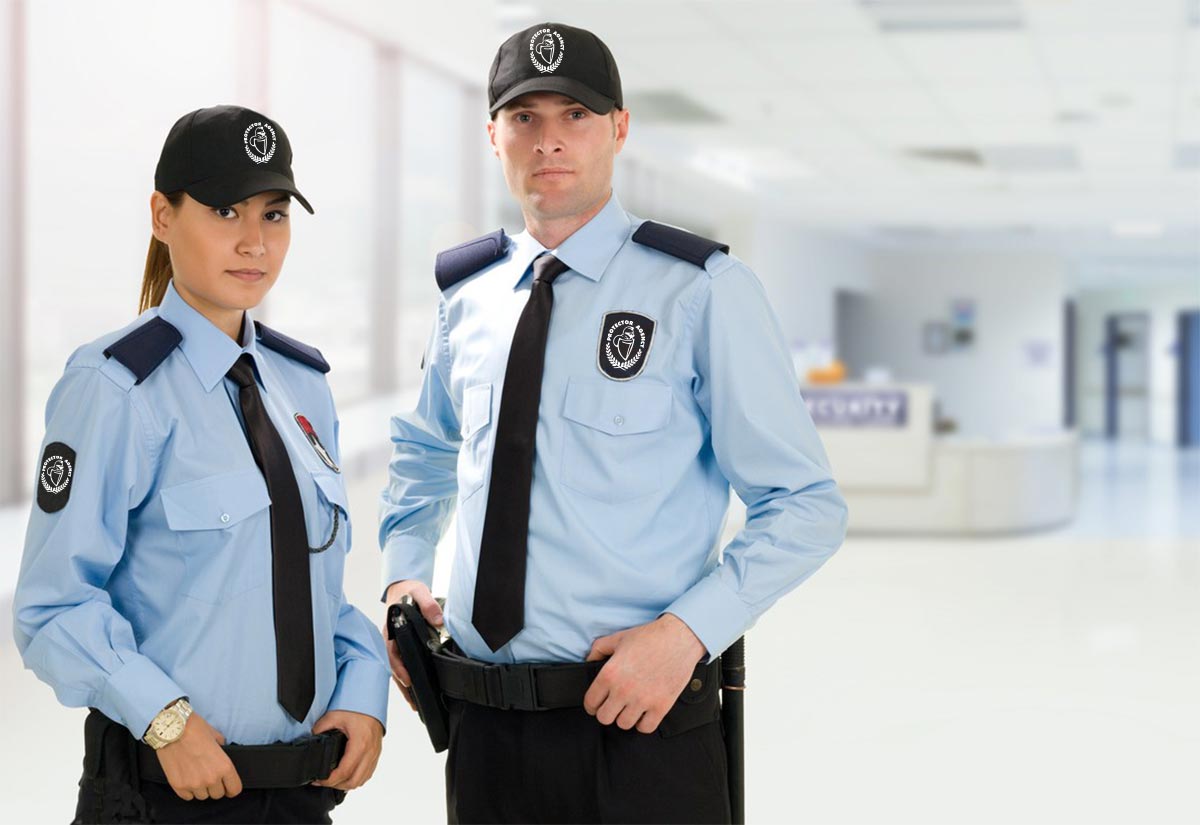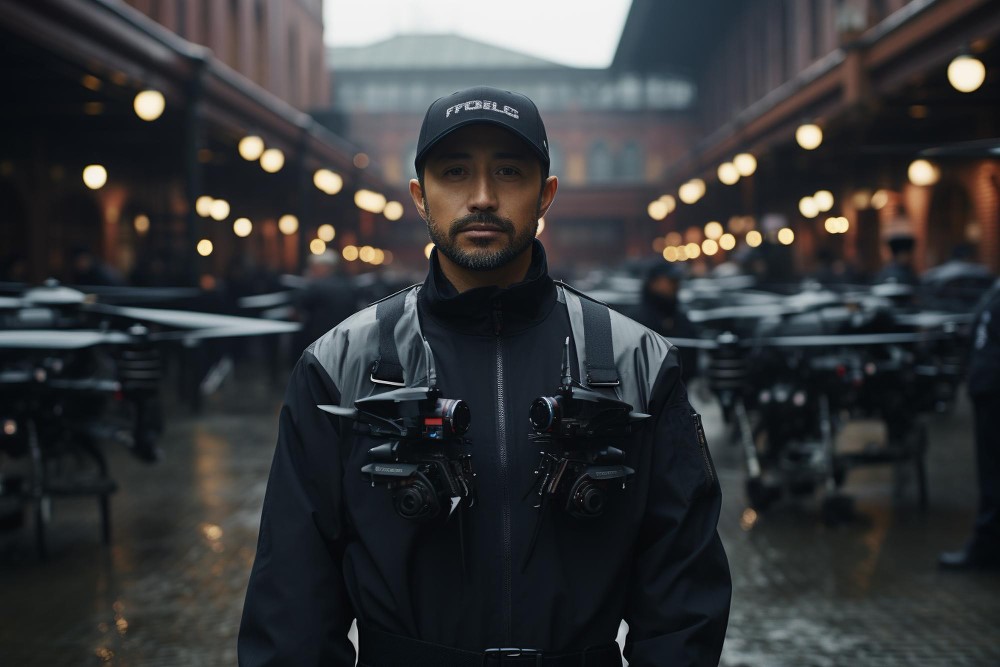
- Home
- Job Seeker Resources
- Security Guard Resume Tips: Stand Out & Get Hired
Security Guard Resume Tips: Stand Out & Get Hired
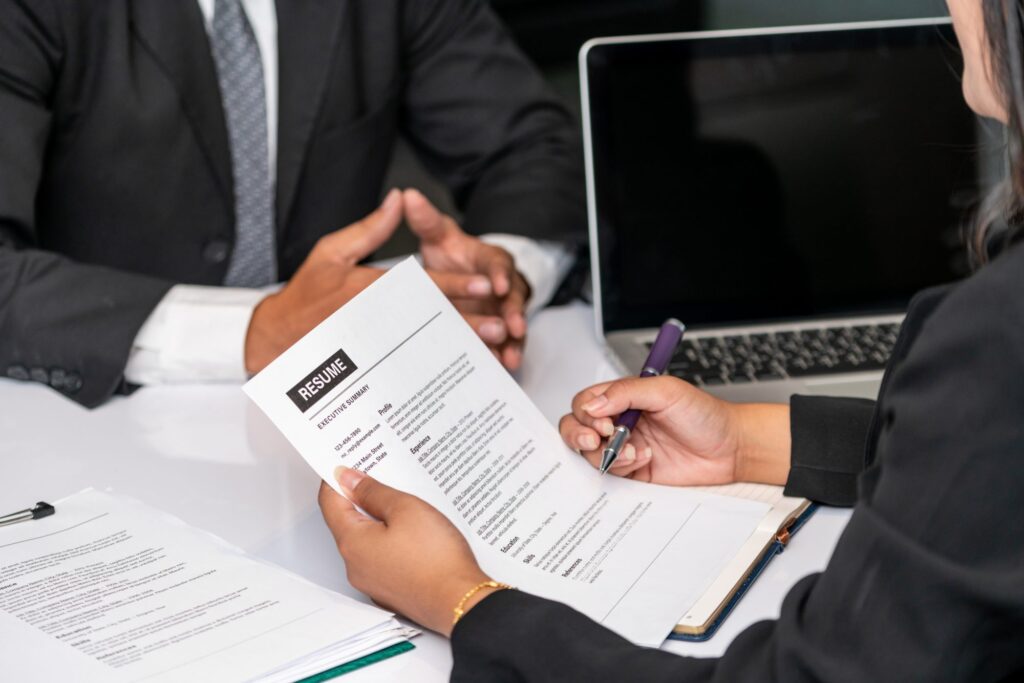
Build a Resume That Gets You Noticed in the Security Industry
Applying for a job in security? Whether you’re just starting out or advancing into more specialized roles like executive protection or loss prevention, one of your most important tools is a professional, well-structured resume.
The security industry is competitive. Recruiters and employers often receive dozens — sometimes hundreds — of applications for a single role. A clear, relevant, and well-organized resume can make the difference between getting a callback or being overlooked.
In this article, we’ll break down exactly how to write a strong security resume that gets attention and showcases your qualifications the right way.
1. Start with a Strong Summary
Your resume should open with a brief professional summary — 2–3 lines at most — that gives an overview of your experience and the value you bring.
✅ Example:
Licensed unarmed security guard with 3+ years of experience in retail and office settings. Skilled in monitoring surveillance equipment, handling conflict de-escalation, and maintaining a visible, proactive presence.
Make sure to include any certifications, specialties, or industries you’ve worked in (e.g., healthcare, government, events, etc.).
2. Highlight Certifications & Licenses First
In security, certifications are often more important than education. List your credentials prominently near the top.
📌 Common credentials to include:
Guard Card (state-specific license)
Firearms Permit (for armed roles)
CPR / First Aid / AED Certification
Baton, Taser, or Pepper Spray Certification
Executive Protection Certificate (if applicable)
If a license is still pending or expired, note the status clearly (e.g., “Pending Renewal – August 2025”).
3. Showcase Your Experience Clearly
Use a reverse-chronological format, starting with your most recent job. Each listing should include:
Job title
Company name
Dates of employment
Key duties and accomplishments
✅ Example:
Unarmed Security Guard
SecureCorp Solutions | Houston, TX
March 2021 – Present
Patrolled retail property to deter theft and ensure safety of staff and customers
Monitored CCTV footage and reported suspicious activity
Assisted in emergency evacuations and wrote incident reports
If you’ve worked in multiple settings — malls, hospitals, construction sites — make sure to emphasize the variety and adaptability of your skills.
4. Use Industry Keywords for ATS Compatibility
Many companies use Applicant Tracking Systems (ATS) to scan resumes. To ensure yours gets past the bots, include key terms like:
Access control
Surveillance
Conflict de-escalation
Risk mitigation
Patrol
Asset protection
Security protocols
These keywords should be naturally included in your work experience, summary, or skills section.

5. Include a Skills Section
Security roles require both hard and soft skills. Add a bullet list of your top competencies, like:
Surveillance monitoring
Emergency response
Firearms handling
Customer service
Time management
Report writing
Communication
Conflict resolution
Keep it focused on traits that are directly useful in the job.
6. Keep It Clean and Professional
Stick to a simple, one-page layout unless you have more than 10 years of experience. Avoid flashy fonts, colors, or photos — employers want clarity, not decoration.
💡 Pro Tip: Save and submit your resume as a PDF file to maintain formatting, unless the employer requests a specific format.
7. Customize for the Job Posting
Tailor your resume for each role you apply to. If the posting emphasizes crowd control and customer service, highlight your experience in those areas. It shows attention to detail and increases your chances of making it past the first review.
8. Don’t Forget the Cover Letter
While not always required, a short and professional cover letter can strengthen your application. It gives you a chance to:
Express why you’re interested in the role
Highlight your most relevant skills
Show professionalism and personality
Final Thoughts
A security resume isn’t just a document — it’s your first impression. Take the time to build one that reflects your strengths, shows off your certifications, and clearly communicates the value you bring to a team.
Remember: in security, trust and professionalism matter. A polished resume helps you stand out as someone ready to protect, respond, and lead.
Looking for a career change? Browse our job listings now!
